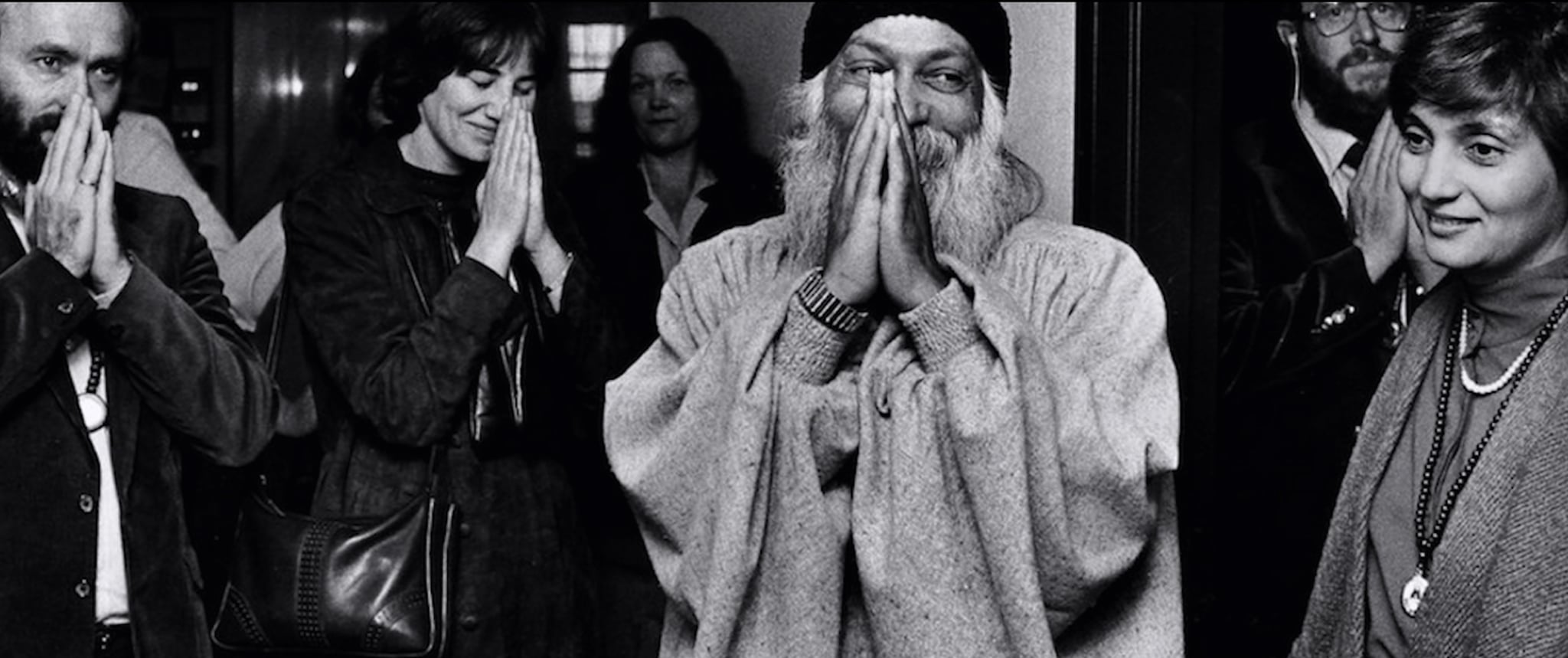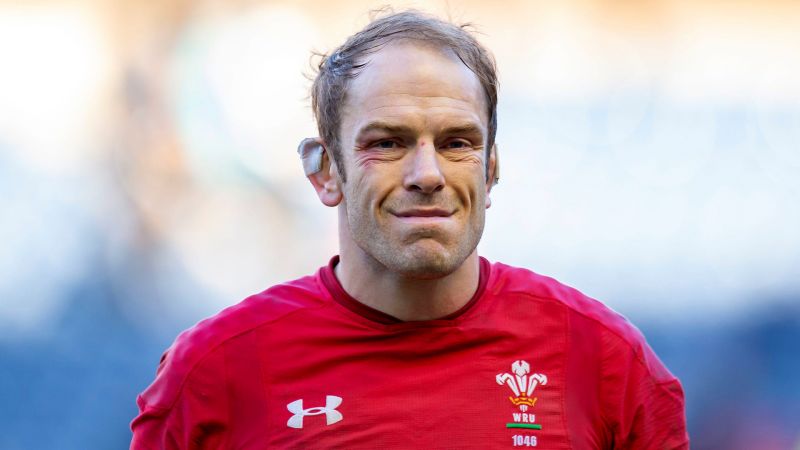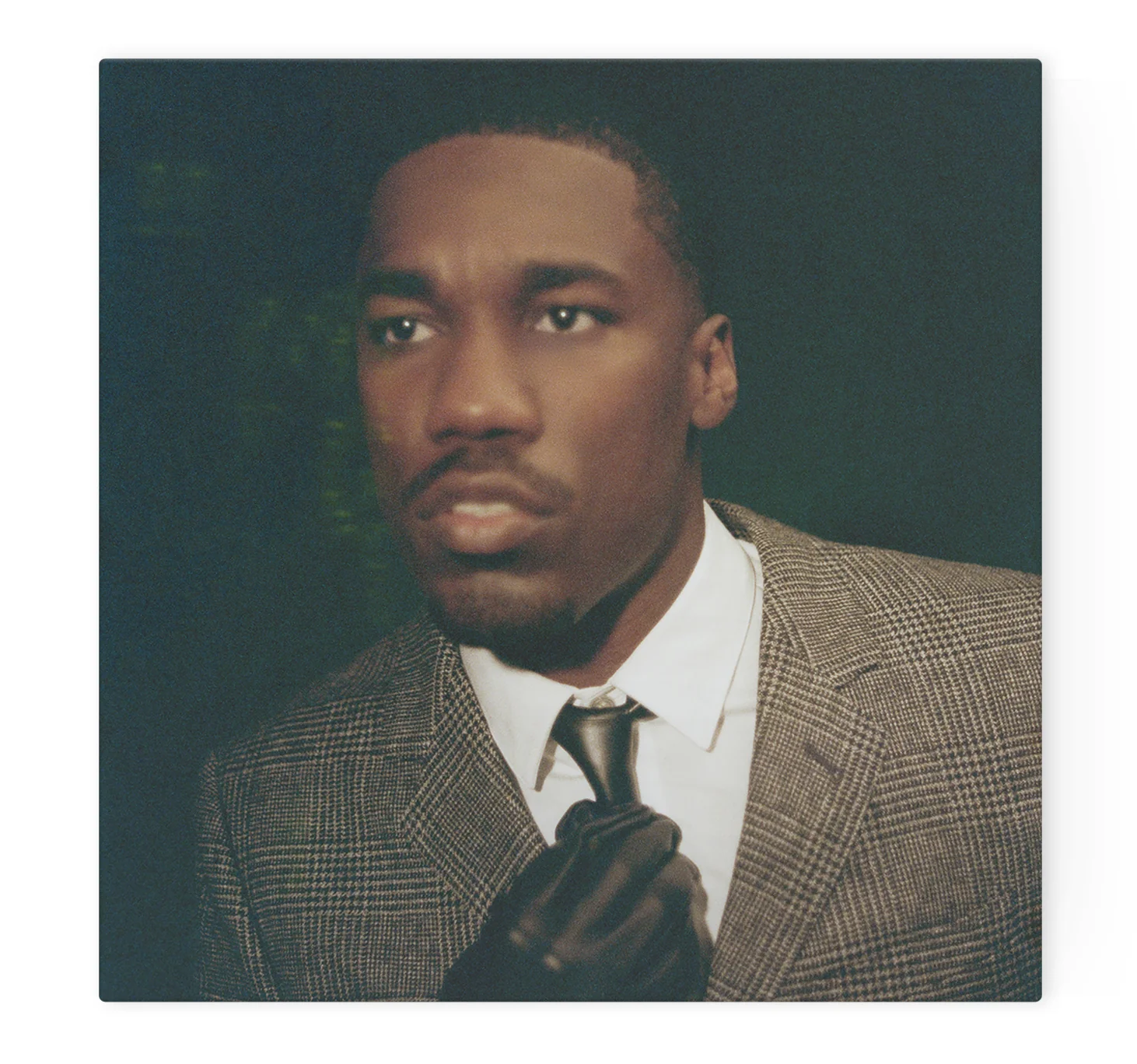“Everything old was new again…yet darker and more disengaged,” writes Sophie Gilbert in She’s talking about the positioning of women in pop culture, and how, rather than being linear, the progression of feminism remains agonisingly circular, two steps forward, one step back, its trajectory reflected in music, film, online.
Gilbert knows her pop culture — she’s a staff writer at The Atlantic, a Pulitzer finalist taking us on a richly detailed deep dive into the shallows of pop, porn, movies, tabloids, reality TV, fame, sex, fashion, work.
In she examines how women and girls have been presented in pop culture from the late 1990s through the first two decades of this century — how things progressed, then regressed. How girl power was met by boy rage.
The late 1990s saw the Riot Grrl movement coining the term Girl Power, only for the Spice Girls to appropriate it and monetise it to meaninglessness. In 1999, a 60-foot naked image of Gail Porter was projected onto London’s Houses of Parliament to promote a men’s magazine, without Porter’s prior knowledge or consent, while a 17-year-old Britney Spears was photographed on a bed in her underwear for the cover of Rolling Stone, clutching a Teletubby.
The movie American Beauty — about a middle-aged man perving over his daughter’s teenage best friend — won five Oscars, including Best Picture. In the following decade women watched a slew of movies that hated women: Shallow Hal, White Chicks, Knocked Up, Date Movie.
These pop culture moments would be unthinkable now, yet back in the 1990s and 2000s, when it was acceptable to overtly sexualise underage girls and ridicule and objectify female bodies, the idea of American women losing their reproductive rights — in place since 1973 — would have been even more unthinkable.
Entities like Andrew Tate would have been unthinkable, as would the idea of an openly misogynist white supremacist in the White House. And yet here we are. Progress, backlash, progress, backlash.
“The idea for the book came about in 2022 after Roe v Wade was overturned, after the #MeToo moment when we’d had all these women’s stories and narratives,” says Gilbert. We are speaking on Zoom — after a long stint living and working in New York, she and her American husband and their twins now live in London.
“It’s horrifying,” she says of what’s currently happening in the US. “They’re trying to legislate trans people out of existence. It’s horrifying that it can happen so quickly.
“In Trump’s first term there were all these Handmaid’s Tale comparisons, but what we are seeing now is so much more akin to what happens in the book — overnight people are losing rights, and it’s happening so fast there’s a real struggle to respond with the strength that is necessary.”
 Girl on Girl: How Pop Culture Turned A Generation of Women Against Themselves by Sophie Gilbert, published by Penguin, is out on April 29.
Girl on Girl: How Pop Culture Turned A Generation of Women Against Themselves by Sophie Gilbert, published by Penguin, is out on April 29.
She remembers how #MeToo, when it began in 2017, had felt so transformative.
“And then suddenly there is this massive pendulum swing backwards, and I was really perplexed by this — so the mission of the book was to try to find out why this swing back and forth happens, and why it’s always inevitable.”
Born in 1980, Gilbert remembers as a teenage girl thinking how “power, for women, was sexual… there was no other kind”. Nor was there any sense of cultural boundaries around women’s bodies; if you were a female in the public eye, you were entertainment meat.
“There was a sense that if you were a woman, over 16, and especially if you were famous, your body was seen as in the public domain,” she says. “If you were willing to present yourself on camera, that meant you lost your rights to control how your body might be presented.
“You saw this with Pamela Anderson — because she was sexy on Baywatch, because she posed for Playboy, people assumed they had the right to see her have sex with her husband via a tape that was stolen — there was a sense of, ‘oh this is what you wanted’. Now I think we have a much better understanding of boundaries and people being able to choose and negotiate their relationship with fame a bit more. Back then, for any woman, you were public property.”
She adds how we are far more protective and boundaried of ourselves, and of our girls: ““I don’t think American Beauty would be broadly popular now.”
This all-out pursuit of women in the public eye by a rapacious media — when the paparazzi was in its ‘industrial phase’ — peaked between 2001 and the financial crash of 2008. Young women including Lindsey Lohan, Nicole Ritchie, Paris Hilton, Britney Spears, and Amy Winehouse were pursued and dehumanised by outlets like TMZ and Perez Hilton; capturing a famous young woman disintegrating in public was their money shot.
 Actress amd singer Lindsay Lohan photographed at Premier Radio in New york on December 5, 2005.
Actress amd singer Lindsay Lohan photographed at Premier Radio in New york on December 5, 2005.
No misogynist epithet off limits — it was an era of sluts, trainwrecks, and gold-diggers,. When Heath Ledger died in 2008, Perez Hilton printed T-shirts emblazoned with Why Couldn’t It Be Britney? Upskirting was standard practice, and the hounding of underage girls like Emma Watson and Miley Cyrus was considered fair game.
“When celebrity became an industry and paparazzi became so intrusive and aggressive in their methods that the movie stars stepped back, there was still a need for photographs to fill spaces in magazines and gossip blogs,” says Gilbert.
This created a whole new genre of celebrity — the reality star. Professional socialites such as Paris Hilton stepped into the public domain.
“This really changed what we understood to be fame, and gave us a new understanding of how a person can become famous,” she says.
Within the famous-for-being-famous gang, the Kardashians are the most successful. Kim Kardashian had worked for a time as Paris Hilton’s stylist, before their own reality show began in 2007. It’s still going today. In 2019, Forbes called the 22-year-old Kylie Jenner the first “selfie-made billionaire” thanks to the success of her cosmetics brand.
“The Kardashians have been better at playing that role than anyone else in my lifetime,” says Gilbert. “They really understand the deal, they understand what’s expected of them, are impervious to criticism in a way that’s really interesting, and they’re really good at monetising eyeballs.”
As the century progressed, the pendulum kept swinging. Lena Dunham’s Girls, all awkward white-girl reality, replaced the perfectionist consumerism Sex & The City, while capitalist girlboss leaning-in ousted more intersectional feminism. The unbridled recreational misogyny of the 2000s was, says Gilbert, “replaced by a better understanding of mental health and the ramifications of cruel commentary……generally I think the media and most responsible adults would never talk about young performers and stars the way they did then.” (Having said that, she recently deleted her X account because “the discourse there is so vile”.)
A recent cultural high point was 2023’s Barbie movie, which created a nostalgia for girlhood, a harking back to an innocent time of endless possibility. “What was so thrilling about the Barbie movie was that we were told as girls that we could do anything,” says Gilbert.
“The messaging of Barbie was that we could be astronauts, airline pilots, anything. You will be strong and powerful. In a way the process of adolescence and young adulthood is realising all the ways in which this is not true.”
 Margot Robbie as Barbie.
Margot Robbie as Barbie.
She pauses. “Well, some of it’s true — women are excelling at school and university and are making all kinds of measurable success career wise, while dealing with this very specific cultural backlash.
“But some of the suspicion around Barbie was that it was so girly. We’re seeing different types of girliness being represented on platforms like TikTok — different kinds of cultural nostalgia, like the Trad Wife and Stay At Home Girlfriend phenomena. Here is girliness presented not as an option for women, but as the default.”
She points out how girls have been schooled to self-objectify, rather than self-actualise, and wonders if we were not so conditioned to and distracted by presenting ourselves optimally — either online or IRL — would we be more actively pursuing the important stuff — social justice, equality, everything that was motivating Riot Grrls three decades ago.
“There’s an argument [made by Naomi Wolf in 1990’s The Beauty Myth] that beauty as an industry is a project to distract women from what really matters,” she says. “You know that feeling when you fixate on something about yourself that you hate?
“I remember feeling that way in my teens and 20s, and now I wonder what I could have done with all that energy if I had been sending it outward instead of focusing on myself.
“In terms of activism, I do wonder what could be done with all that energy, if we were to send it outward. Why don’t we protest more, use our power more? Why have women in power felt so detached for so long?”
She concludes on a hopeful note, however, citing sociologist Alice Evans who argues that “the biggest driver of gender equality is romantic love”. How
loving men want women to thrive and be happy. Is this the answer?
“Culturally, it might be,” she says. “Culturally, where ever you see real romance and real love, you see women being accepted as equal human beings. That seems like such a simple thing but it’s not.
![Sophie Gilbert: "There’s an argument [made by Naomi Wolf in 1990’s The Beauty Myth] that beauty as an industry is a project to distract women from what really matters." Sophie Gilbert: "There’s an argument [made by Naomi Wolf in 1990’s The Beauty Myth] that beauty as an industry is a project to distract women from what really matters."](https://www.irishexaminer.com/cms_media/module_img/9168/4584430_5_articleinline_iStock-459019345.jpg) Sophie Gilbert: “There’s an argument [made by Naomi Wolf in 1990’s The Beauty Myth] that beauty as an industry is a project to distract women from what really matters.”
Sophie Gilbert: “There’s an argument [made by Naomi Wolf in 1990’s The Beauty Myth] that beauty as an industry is a project to distract women from what really matters.”
“It’s not something we can take for granted. Which is what makes me so concerned about this epidemic of women-hatred among young men online, especially lonely young men who are seeing girls do better than them academically, who then go online and watch Andrew Tate videos. It’s so easy to blame women.
“So much of the backlash now, in the US, coming from people like Elon Musk, JD Vance, Donald Trump, is this idea that women are not equal human beings and should not be promoted in the workplace.
“That basically the rightful people who should have power in the US are white men, and anyone else who has been promoted has been done so unfairly as part of a DEI initiative. There’s a very real backlash against women’s equality happening now. I don’t know where it’s going. But to end on a hopeful note, there’s always a counter-backlash, right?
“Women need to think more about power, especially in culture. Power is not a negative thing. The ways it’s abused are negative, but not power itself. There is a consistent detachment throughout culture between women and power, this idea that the only kind of power we have is sexual.
“When Roe v Wade was overturned, I thought there would be rioting in the streets, mass strikes — and there really wasn’t. Protests, yes, but not the massive movement of insurgency that I’d thought there would be — and yes, women are not a monolith, we don’t all want the same things, and also we are very busy, but part of it is our failure to understand that we do have power and we can use it.
“My dream for the next few years is seeing people play with that idea more in culture, experiment with it, and try to think of what powerful women may look like. That would be my dream.”
-
by Sophie Gilbert, published by Penguin, is out on April 29.
![Yoon Hee-sook, chairman of the People's Power Innovation Committee, enters the main office of the National Assembly in Yeouido, Seoul, on the 17th. [Photo source = Yonhap News]](https://wimg.mk.co.kr/news/cms/202507/21/news-p.v1.20250721.4354ae1948824d5a8a94194d8732f0ba_P1.jpg)
![Yoon Hee-sook, chairman of the People's Power Innovation Committee, holds a press conference at the central headquarters in Yeouido, Seoul, on the 16th on reform measures such as human renewal. [Photo source = Yonhap News]](https://wimg.mk.co.kr/news/cms/202507/21/news-p.v1.20250721.e346d6a27165405a99d0ce19f0d3d204_P1.jpg)






![Sophie Gilbert: "There’s an argument [made by Naomi Wolf in 1990’s The Beauty Myth] that beauty as an industry is a project to distract women from what really matters." Sophie Gilbert: "There’s an argument [made by Naomi Wolf in 1990’s The Beauty Myth] that beauty as an industry is a project to distract women from what really matters."](https://www.irishexaminer.com/cms_media/module_img/9168/4584430_5_articleinline_iStock-459019345.jpg)
















































































